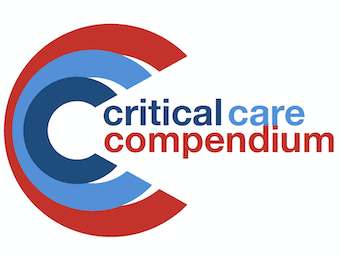
Low Molecular Weight Heparin
Low Molecular Weight Heparin (LMWH): anticoagulant; potentiates the action of antithrombin III on Xa
The LITFL Critical Care Compendium is a comprehensive collection of pages concisely covering the core topics and controversies of critical care.

Low Molecular Weight Heparin (LMWH): anticoagulant; potentiates the action of antithrombin III on Xa

Pseudocoma is the term used for a patient feigning a comatose state, however it is sometimes also used for conditions like locked-in syndrome where patients may involuntarily appear unconscious but are actually self aware

References and Links

Spinal cord syndromes

Transverse Myelitis: myelitis is a rare inflammatory condition of spinal cord characterised by pyramidal (motor), sensory, and/or autonomic dysfunction to varying degrees. The term “transverse” originally referred to the clinical finding of a band-like horizontal area of altered sensation usually at the dermatomal level of the lesion within the cord, more recently it is used simply describes the position of the inflammation, that is, across the width of the spinal cord

Status epilepticus: continuous seizure activity for 5 minutes or more without return of consciousness, or recurrent seizures (2 or more) without an intervening period of neurological recovery

Watershed infarcts result from severe hypotensive insults. They occur in areas with relatively poor blood supply at the boundaries between territories of cerebral arteries or their branches.

** See Thiamine deficiency

OVERVIEW USES INDICATIONS Consider in patients at high risk of NCSE (~20% risk): METHOD OF USE Duration of monitoring Reducing interference In some circumstances a modified array or reduced channels may be needed (may reduce sensitivity) PROS AND CONS Advantages…

Coma differential diagnosis

Electroencephalography (EEG) is the recording of electrical activity along the scalp, which corresponds to the voltage fluctuations caused by ionic current flows within brain neurons.

Cerebral venous thrombosis (CVT) refers to thrombus formation in either the deep or superficial venous drainage systems of the brain. The etiology is multifactorial and the presentation is variable, with diagnosis requiring a high index of suspicion